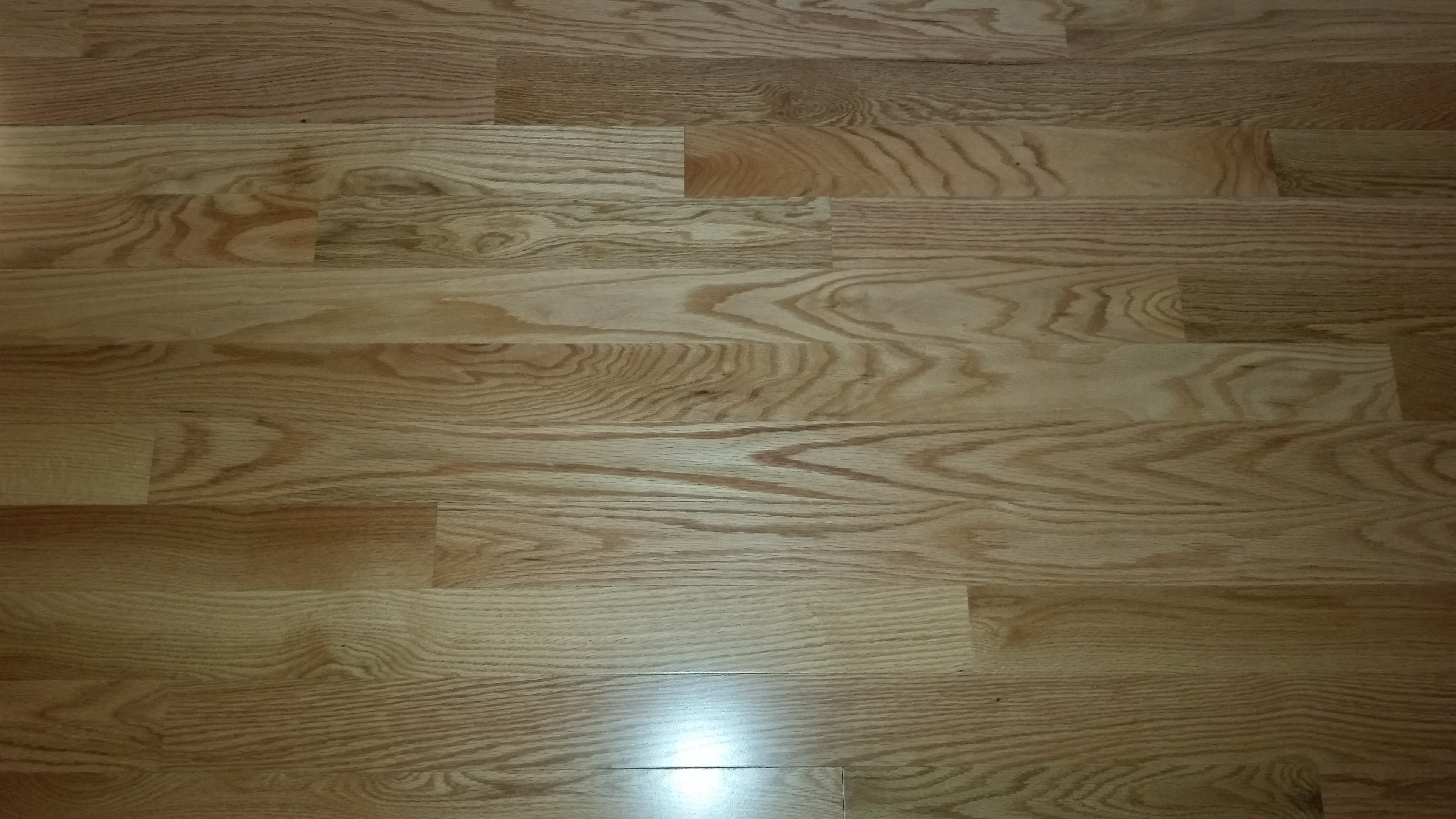
The Different Grades of Red Oak
The different grades of Red Oak Hardwood
We had written a post on the different grades of hardwood in the past. It was a more generalized post about the overall grading system of hardwood floor. In this post, I thought it was necessary to be a bit more specific. Since Oak floor is the most popular hardwood choice for a vast majority of the United States, especially here in the North East region, we are going to discuss the different grades of Red Oak. You’ll notice, if you have read our previous blog on the hardwood grading system, many domestic species have interchangeable terms for the grades and it can often become confusing to clients trying to pick the flooring that best suits their needs.
Clear.
Clear Grade Red Oak is cut and harvested from the inner most heartwood of the tree. Color discrepancies of dark to light and variations such as knots and worms holes will be at the absolute minimum if not non existent in this grade of oak. The graining, however, will still be prominent while having a clean overall look. Due to clear being the highest grade, mills pick carefully through each and ever pieces to ensure that the milling of the seams, butt joints, and tongue and grove are milled precisely.
Select and Better.
Select and Better will typically have clear pieces mixed into the bundles. You’ll have minimal variation from the sapwood. There will be virtually no knots or worm holes on these boards though some will be present. The appearance of the graining is strong with very slight color variations of heartwood and sapwood.
No. 1 Common.
No. 1 Common grade is where much more variation and discrepancies will show through. You will have some knots and worm holes. You will have color variations of the sapwood to the heartwood. The color is not as uniform as Clear or Select. There will be some lighter and some darker pieces and depending on the width of the board, you may have that occurring on the same board.
No. 2 Common.
No. 2 Common will have a lot of color variations of dark and light pieces from the heartwood and sapwood. There will be an abundance of knots and worms holes. This floor will have a much more rustic appearance than clear or select. The milling and natural faults of this grade will not be as clean and precise as the above grades.
No. 3 Common.
Not many professionals recommend No 3 Common for oak- especially not for flooring. The pieces are too inconsistent in terms of milling and natural characteristics. More often than not, you will have a large waste pile after having to sort through all the pieces to find the ones good enough to install. With that being said, due to the high waste volume, you’ll have to account for that during ordering. While it is industry standard to order 10% more of the over all square footage, you’ll have to order over 20% more to make up the waste difference. For example, if you have 100 square feet of flooring to order, you will need to tack on 10%. So the total to order is 110 square feet. But if you order No. 3 you’’ll need and extra 20%. Now, when ordering 100 sq. ft. needing that extra percentage may not break the budget, however, if your ordering a couple thousand square feet of material, it gets costly. Instead of choosing No. 3, it’s better to order No. 2 Common. You will still have all those natural characteristics but with an overall better product.
Shorts.
Shorts are not technically a grade of flooring but I thought it would be worth noting. Shorts are exactly what that sound like. Short pieces of flooring typically range from 6 inches to about 2-3 feet. While you will have some shorts in regular bundles(we call them spacers as they help in staggering the hardwood), when you order all shorts the bundles will not contain any long pieces. Shorts are VERY inexpensive. Regardless of the grade of shorts, there will be A LOT of seams. As a general rule, we like to keep our stagger to every 6 inches at least. Meaning that the butt joints from row to row will not be closer than 6 inches. With shorts, you do not have that luxury. You’ll often see close staggered butt joints.
The grade of the flooring does not affect the over all quality of the floor. Meaning that clear grade is not harder than No. 2 Common. While the milling of clear may be a bit cleaner and more precise than No. 2, with the proper care and maintenance both grades have the ability to last more than a lifetime.
5 Comments
Pingback:
Pingback:
Pingback:
Pingback:
Pingback: